English Thyme Seeds
English Thyme (Thymus vulgaris), also known as Common Thyme, Garden Thyme, is a beloved perennial herb known for its aromatic fragrance, attractive appearance, and versatile culinary uses. You can grow this essential herb in your garden by starting with English thyme seeds, providing beauty and functionality.
Characteristics
- Appearance: English Thyme is a compact, bushy plant with small, oval, gray-green leaves that grow on woody stems. During the summer, it produces tiny, tubular, lavender-pink flowers attracting bees and other pollinators.
- Aroma and Flavor: This herb is known for its strong, earthy, and slightly minty aroma, with a subtle, savoury flavour that complements a wide range of dishes.
- Growth Habit: English Thyme is a hardy perennial that typically grows to a height of 6-12 inches and spreads to a width of 12-18 inches. It forms a dense, low-growing mound suitable for ground cover or as a border plant in the garden.
Culinary Uses
- Herbes de Provence: Combine dried English Thyme with other dried herbs such as rosemary, marjoram, and lavender to create a traditional Herbes de Provence blend, perfect for seasoning meats, vegetables, and sauces.
- Roasted Meats and Vegetables: Sprinkle fresh or dried English Thyme leaves on roasted meats like chicken, pork, or lamb, or toss with vegetables before roasting for added depth of flavour.
- Soups and Stews: Add a sprig or two of English Thyme to soups, stews, and braises to impart its savoury, earthy flavour to the dish.
- Infused Oils and Vinegars: Infuse olive oil or vinegar with English Thyme for a flavorful addition to salad dressings, marinades, and dipping sauces.
- Bread and Biscuits: Incorporate minced English Thyme leaves into bread or biscuit dough for a delightful twist on classic recipes.
How to Germinate English Thyme Seeds
For more information on growing thyme, please read our article: How to Grow Thyme & Companion Plants: The Ultimate Guide to Cultivating a Vibrant Herb Garden.

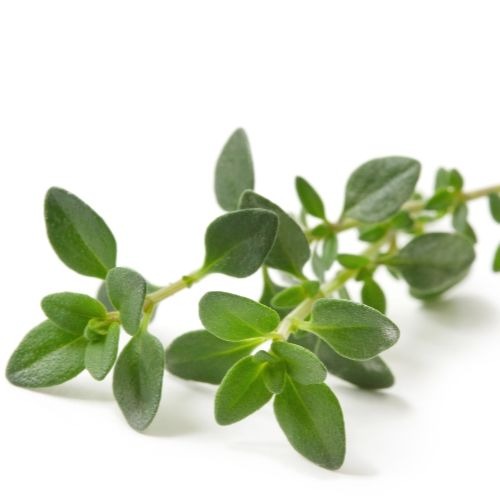
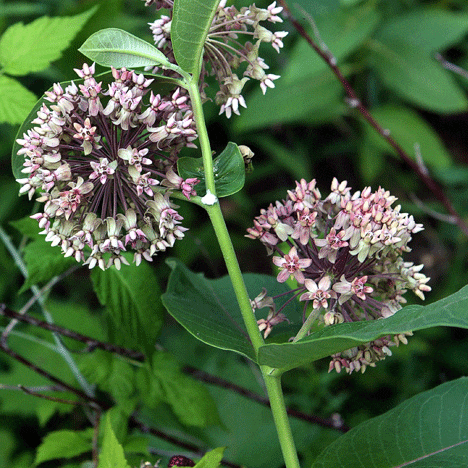
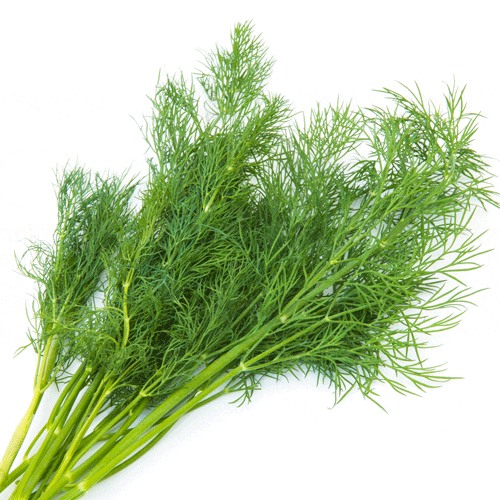
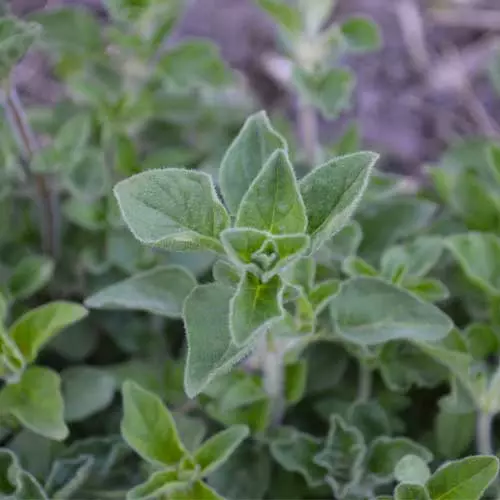
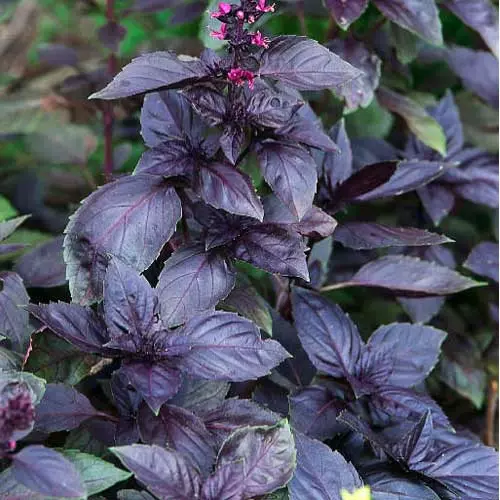
Reviews
There are no reviews yet.